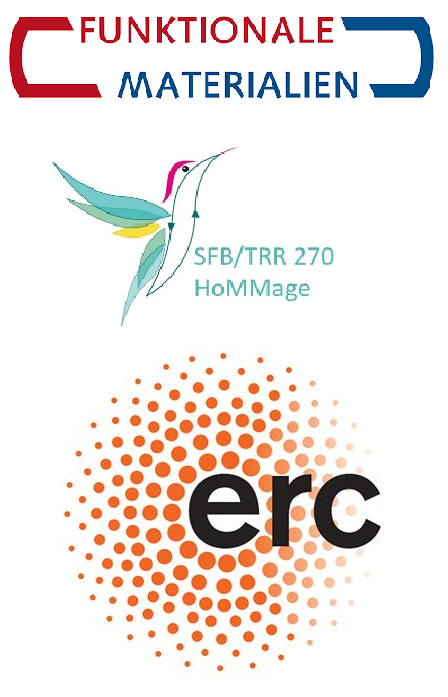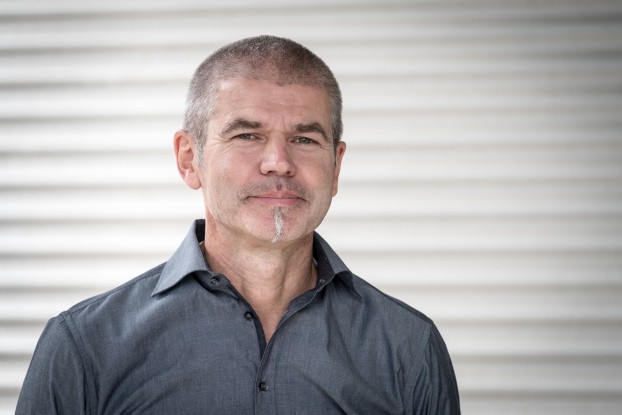Influence of microstructure on the application of Ni-Mn-In Heusler compounds for multicaloric cooling using magnetic field and uniaxial stress
New publication in Acta Materialia
2021/08/03

Lukas Pfeuffer, Adrià Gràcia-Condal, Tino Gottschall, David Koch, Tom Faske, Enrico Bruder, Jonas Lemke, Andreas Taubel, Semih Ener, Franziska Scheibel, Karsten Durst, Konstantin P. Skokov, Lluís Mañosa, Antoni Planes and Oliver Gutfleisch
Acta Materialia 217 (2021) 117157
Ni-Mn-based Heusler compounds alloys exhibit outstanding caloric effects in the vicinity of martensitic transformations driven by magnetic fields, uniaxial stress or hydrostatic pressure. However, the application in cooling devices is limited by energy losses and/or irreversibilities during cyclic operation as a result of their large inherent thermal hysteresis. An auspicious approach to enhance the cyclic caloric effect is the simultaneous or sequential combination of magnetic fields and uniaxial stress in multicaloric cooling concepts. In this work, we have chosen Ni-Mn-In as a model system to study the impact of microstructure on multicaloric cooling. We reveal a crucial role of grain orientation on the stress-induced martensitic transformation as well as the impact of grain size on the mechanical stability and the magnetic-field-induced transformation dynamics. Moreover, we demonstrate that a tailored microstructure can enable siginificant multicaloric effects which largely outperform their single-caloric counterparts. Thus, a reversible caloric effect of -4.1 K could be achieved in a multicaloric “exploiting-hysteresis cycle” by the sequential combination of a magnetic field of 1.9 T and a moderate stress of 55 MPa. This corresponds to an increase of more than 200 % compared to the reversible magnetocaloric effect for similar field changes.
We thank our collaborators from the Universitat de Barcelona and the Helmholtz-Zentrum Dresden-Rossendorf.



